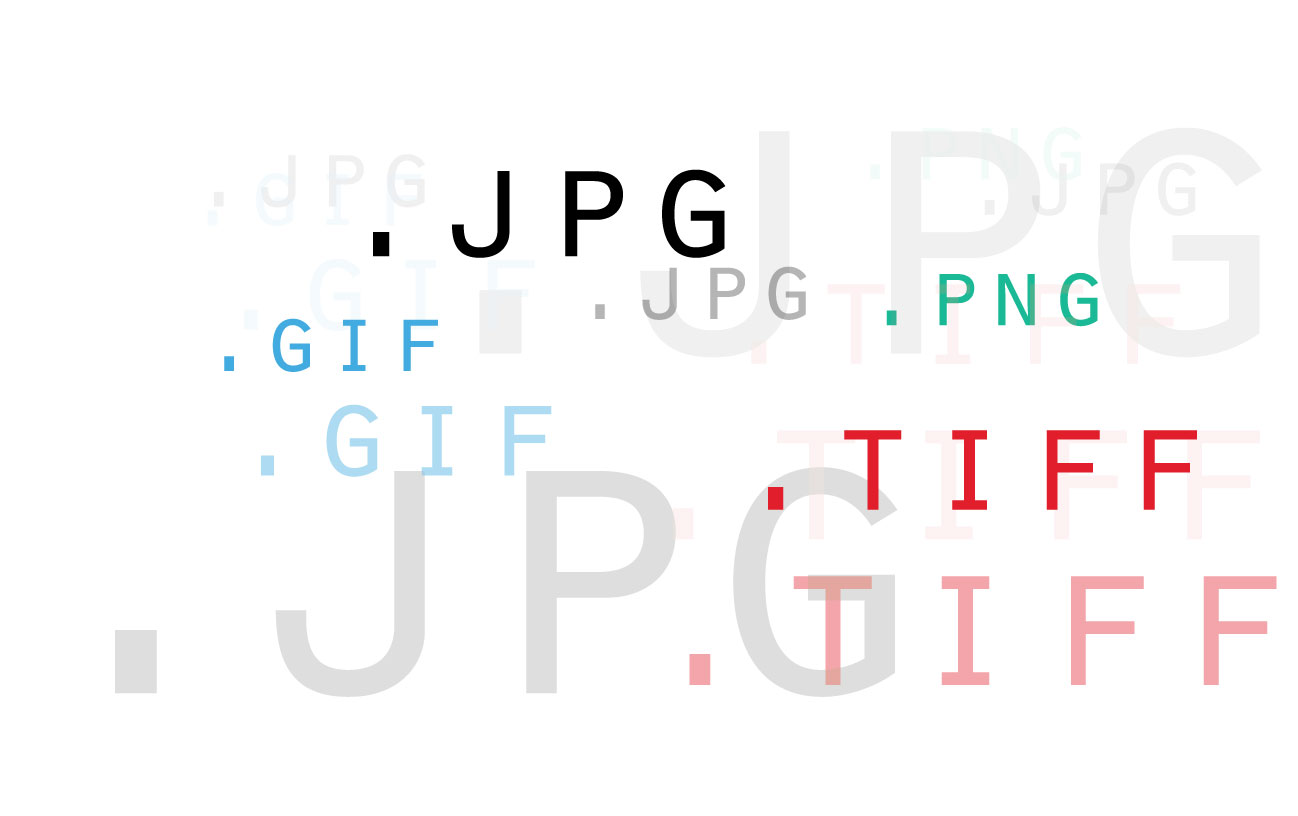There are approximately a number of 58 image file formats, but here will be described only the most widespread and used formats.
JPEG (JPG, JPE)
The JPEG (Joint Photography Experts Group) is the file format most used for storing and transmitting photographs over the internet. Most of digital cameras have the option to save images in JPEG format. The JPEG format supports a color depth of 24-bit and the files have relatively small sizes in comparison to other formats.
JPEG uses a compression algorithm called lossy compression. A main disadvantage of these files is quality degradation when they are edited and saved several times. However, if they are kept in the original state or saved at maximum quality, the image quality is still very good in rapport with the file size.
BMP
The BMP (bit mapped) format is used by the Microsoft Windows operating systems to handle internal graphical images. The single advantage of these file types is their acceptance by many Windows programs. Because these files are not compressed and are very large, are unsuitable for file storage and transfer. However, the majority of scanners will scan the images as BMP.
TIFF (TIF)
The TIFF (Tagged Image File Format) is mainly used for storing images. Is a flexible and adaptable file format, compressing the images in a lossless method, the image quality will not change, even if the file is reopened and saved repeatedly. More than this, the TIFF file format supports multiple layers or pages in a single file. Although, it is widely recognized as a standard format and supported by many image editing software applications.
Outside of the lossless compression and the great flexibility, the TIFF file format supports the highest color depth of 48-bit. Making possible professional high quality printing. It’s an image format widely used by professional photographers to store and print their works.
Many high-end digital cameras have the option to save pictures in the TIFF format. However, because of its relatively large size, the TIFF format is not widely supported by web browsers and cannot be used efficiently over the internet.
GIF
The GIF (Graphic Interchange Format) file format has a color depth limit of 8-bit (256 colors). This fact making the GIF file suitable only for images with few colors, like drawings, shapes or cartoons. Still it is very wide used on the internet because its small size and animation support. A single GIF file can contain a series of images, in a consecutive arrangement, creating an attracting cartoon-movie-like effect.
PNG
The PNG (Portable Network Graphics) file format is a kind of upgrade for the GIF format. Is supporting 24-bit color depth and can be used for image editing because of the lossless algorithm compression format. Also, in contrast with the TIFF format, is not supporting multiple layers and 48-bit color depth. It was created as an open-source (free) file format.
RAW
The RAW file format is a file-saving option implemented in some digital cameras. It stores the exact image data that an imaging sensor is capturing, without modifications, using lossless compression and producing file sizes bigger than jpeg but much smaller than TIFF file format. However, it cannot be manipulated or used in any way until is decoded into a standard format like JPEG or TIFF.
RAW file format allows much bigger control over images than JPEG format because of its abilities to alter various image characteristics without producing image degradation.
For example, if a sunrise picture was taken using JPEG option, regardless the file quality setting, and some details are lost in the highlights, you cannot do much to retrieve the details from that burned place regardless of the software and techniques used. If the same picture was taken in the RAW mode, you can always regain the details from an overexposed or underexposed picture areas, and more than this, without losing quality. Color balance and saturation can be also altered without quality loss.
Some professional photographers prefer to shoot in RAW because of the opportunity to change the characteristics of an image regarding their ulterior needs.
The biggest drawback of the RAW is the need of post processing, the image workflow to make the files usable can consume a big time. Another drawback in contrast with JPEG is the bigger file size, reducing the available shots on a memory card and in the same time lowering the number of continuous burst shots.
Each camera manufacturer has its own RAW file format and therefore, its own software decoding application. However, some companies like Adobe Systems, Apple Computers, Google Inc. Microsoft Corporation and a few more software developers has already created software that supports many different RAW formats. They also implemented RAW support in their newer versions of digital image manipulation software.
